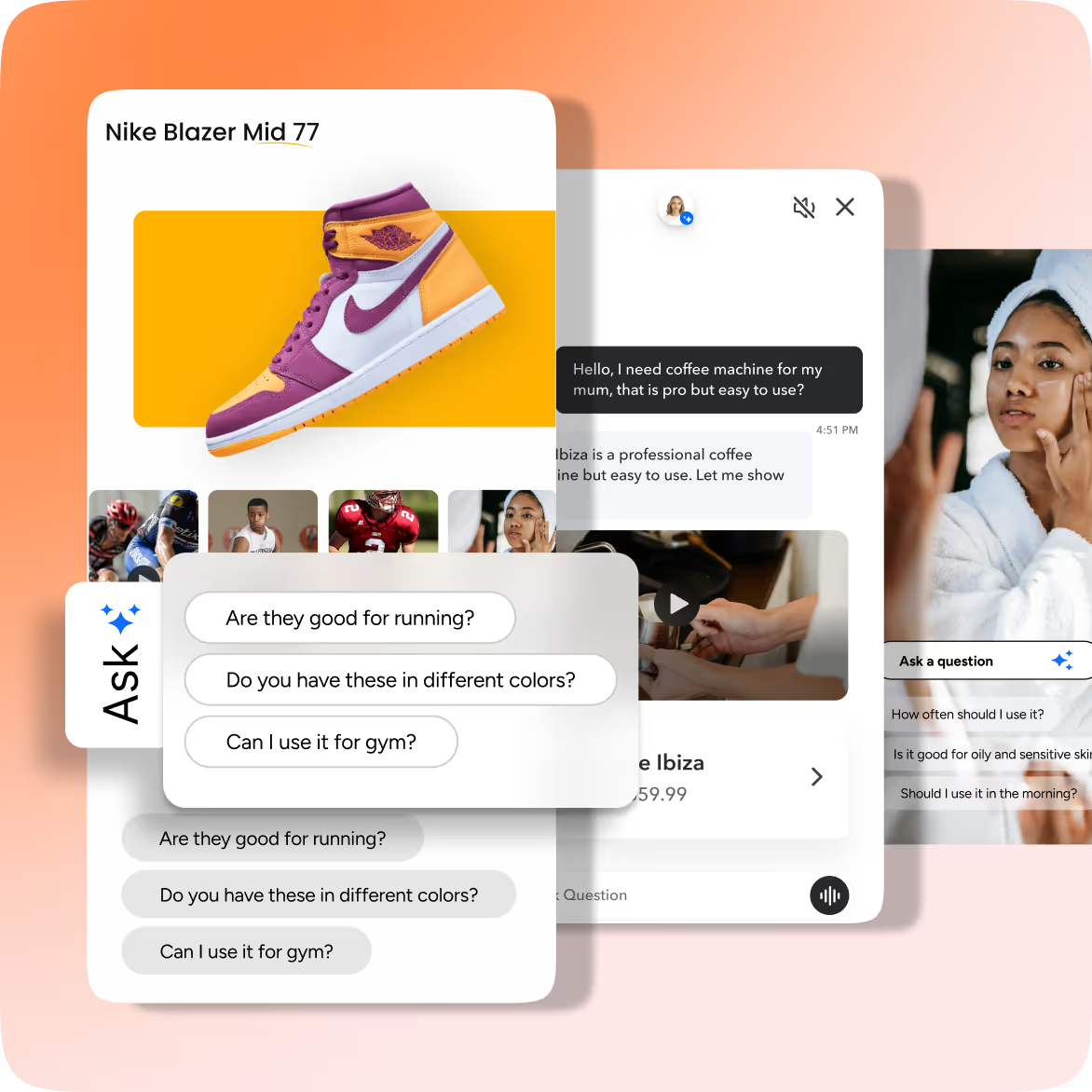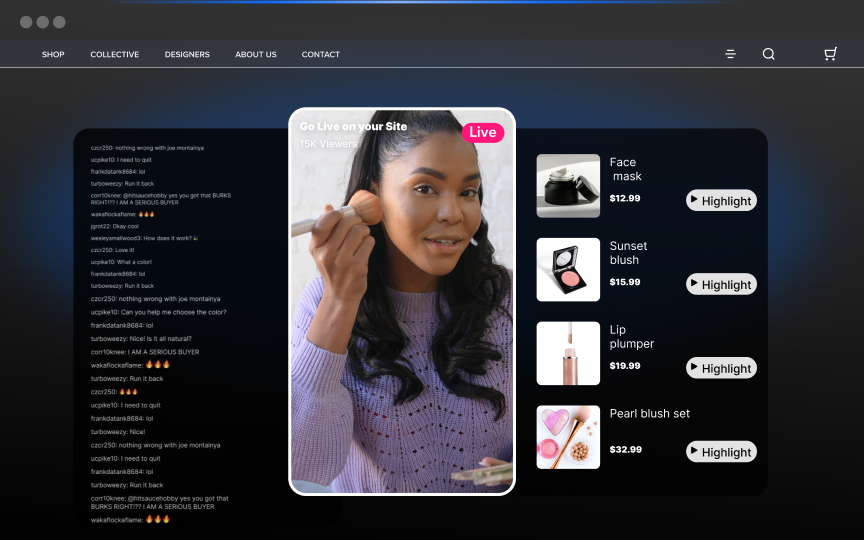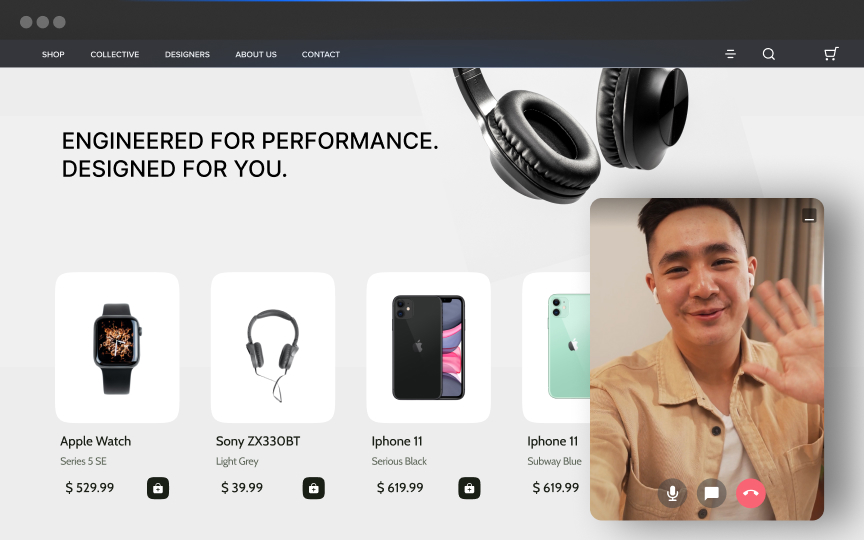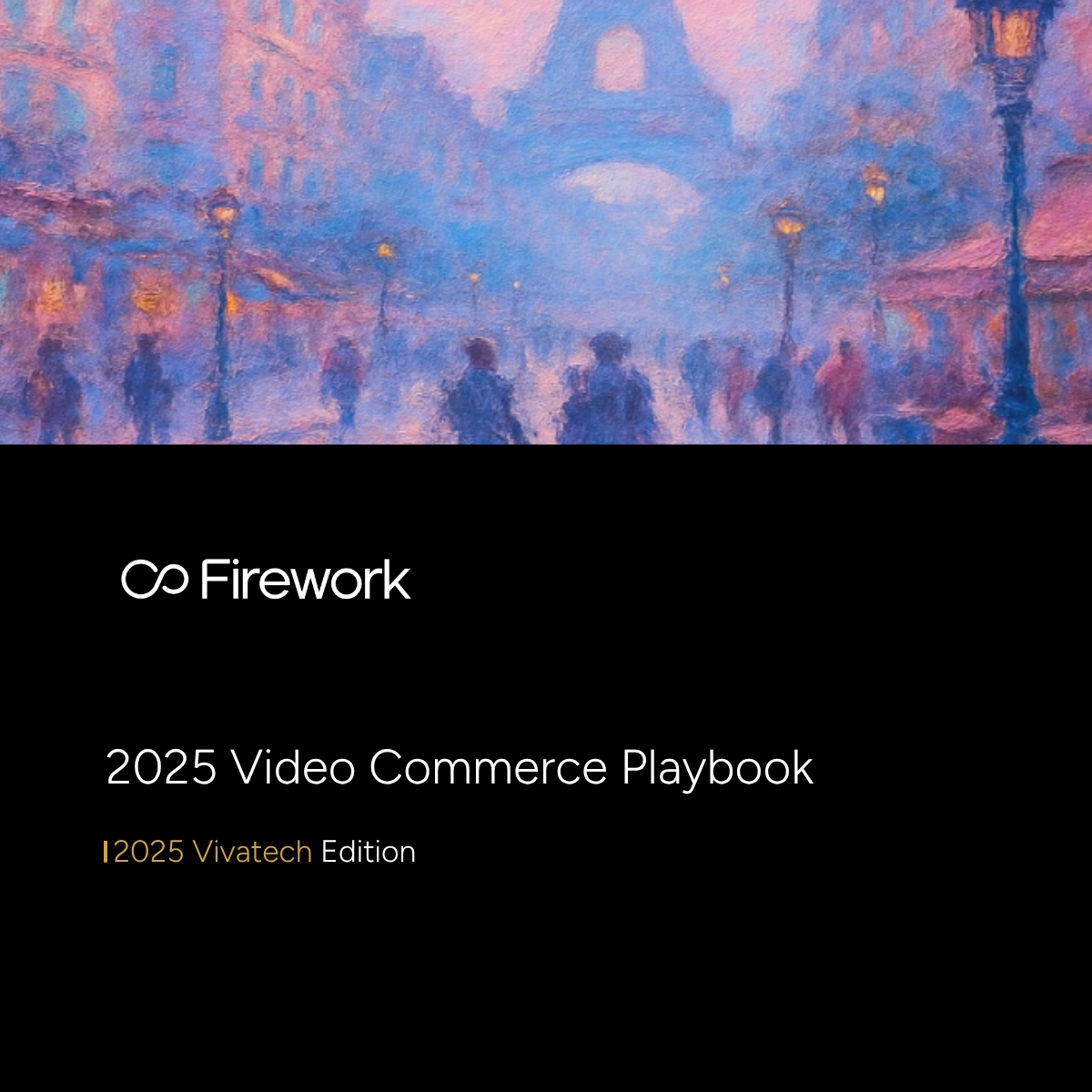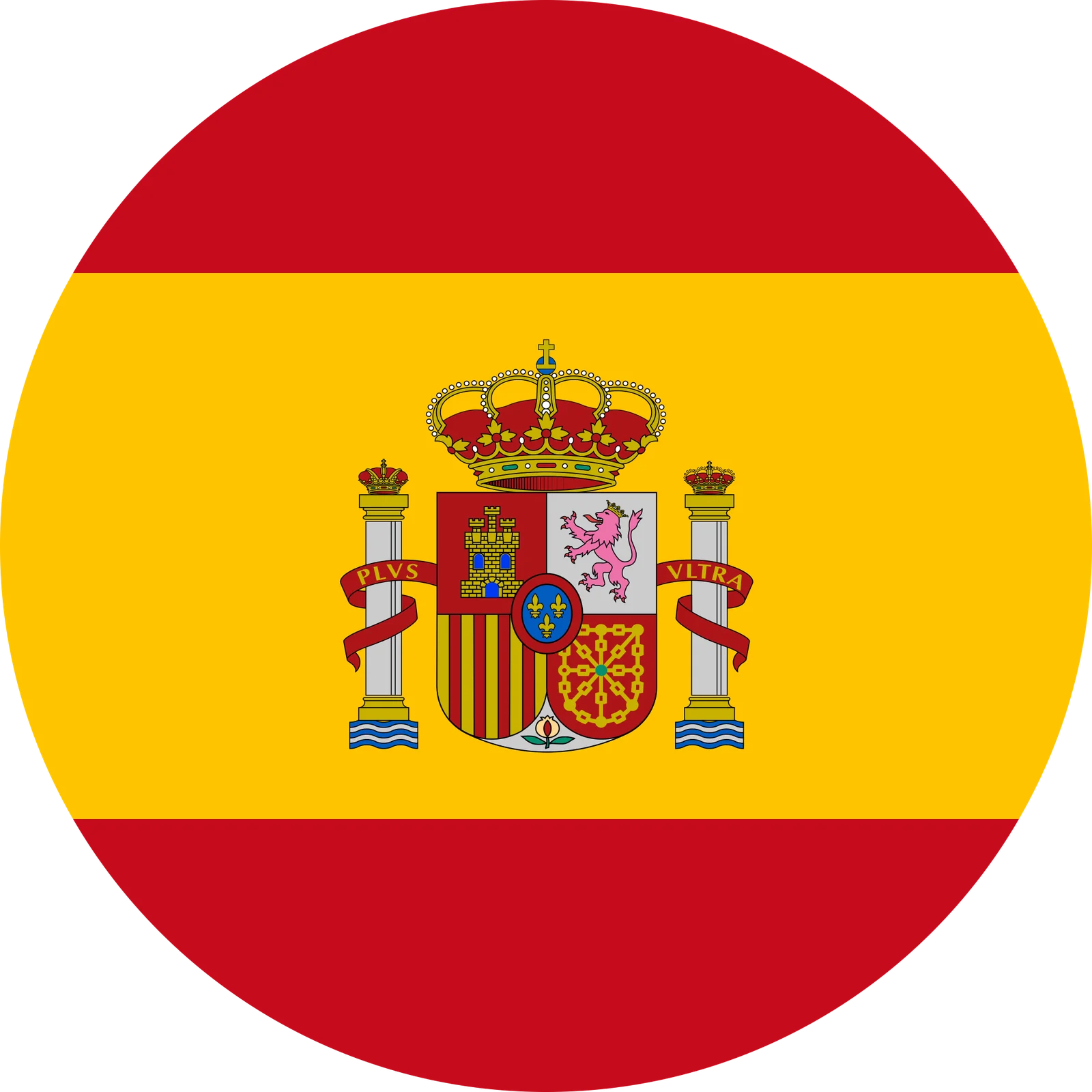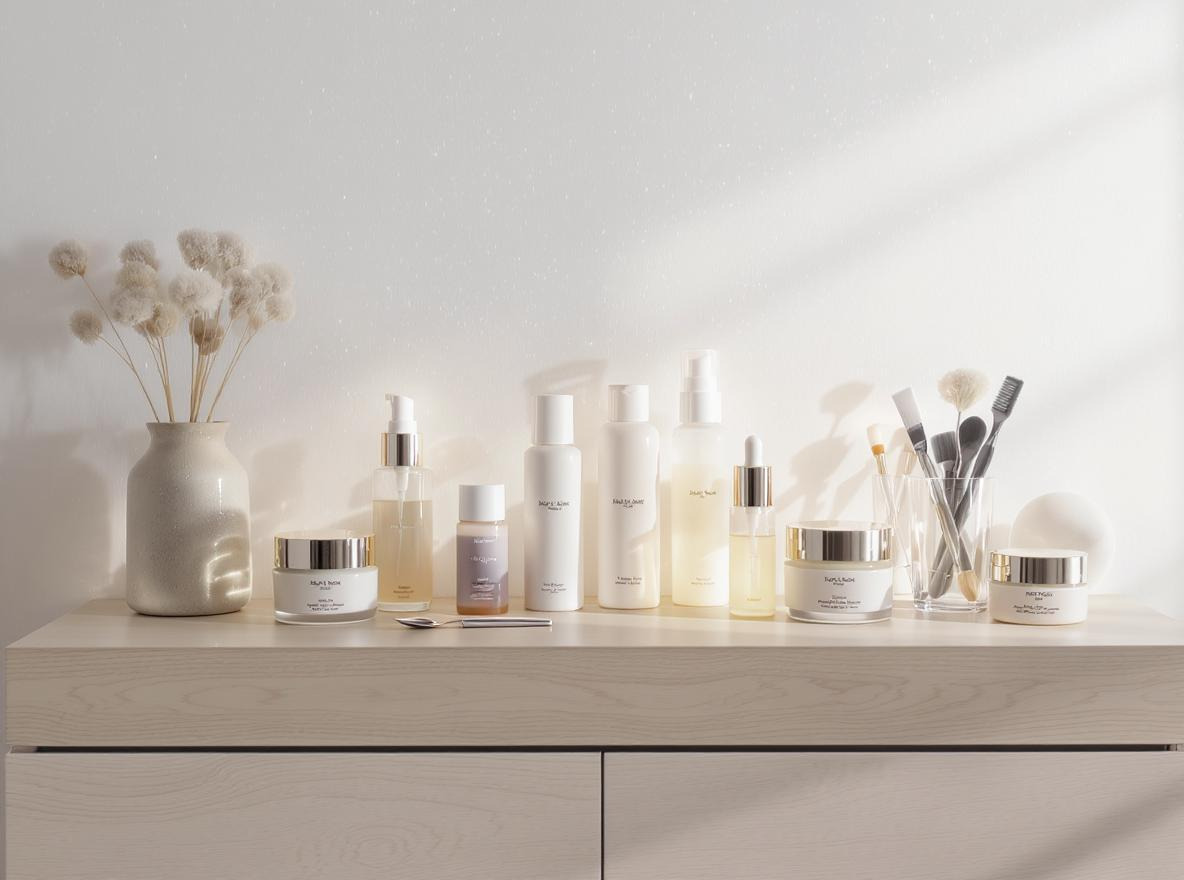The beauty industry is undergoing a transformation. AI personalization, biotech ingredients, and eco-conscious consumers who shop through interactive videos are reshaping the landscape. To remain relevant, brands must innovate continuously, aligning their products and experiences with evolving values, demographics, and digital behaviors. Valued at over $677 billion in 2026 and projected to expand steadily, the industry presents substantial opportunities for growth.
Beauty enthusiasts seek sustainable packaging, customized formulas, inclusive shade ranges, and seamless video shopping experiences. These nine trends highlight the key areas to focus on for success in 2026 and beyond.
1. Biotech-Driven and Cellular Beauty
Biotech beauty has jumped from scientific journals to your bathroom shelf. These ingredients, created through fermentation or engineered by microbes instead of traditional farming methods, deliver stronger results with a lower environmental impact. Laboratory environments provide formulators with precise control over purity and potency, thereby avoiding supply-chain issues.
Fermented hyaluronic acid, lab-grown antioxidants, and microbe-derived retinol alternatives are more effective and use fewer resources. Scientists are designing next-generation peptides that target cellular repair without animal or plant extraction. Early products show how these precision molecules help firm skin and speed regeneration.
AI diagnostics gather data points, combining these insights with biotech manufacturing to allow brands to create custom batches tailored to your specific biology. This technology creates opportunities for molecular breakthroughs that traditional beauty can't match.
2. Sustainability and Clean Beauty as Mainstream
Shoppers track ingredient sources, carbon footprints, and packaging choices as carefully as they once matched foundation shades. The search volume for "Clean beauty" has grown steadily since 2020, reflecting increased environmental awareness and open social media conversations.
Refillable packaging shows this shift perfectly. L'Occitane's eco-pouches use up to 85-90% less plastic than regular bottles, demonstrating that sustainable design can also save money. Big names like Fenty Beauty, Tata Harper, and Humanrace have made refilling stylish, while biodegradable single-material bottles from smaller brands make recycling easier.
Major retailers like Sephora have created 'Clean at' programs, and luxury brands are exploring sustainable practices. Beyond packaging, brands are building environmental responsibility into their core identity. Refillable cartridges, compostable papers, and aluminum packaging are among the new products. Companies often add QR codes that explain proper disposal, and some utilize renewable energy in their manufacturing processes.
Consumers immediately recognize fake eco-claims, demanding real proof. Third-party certifications, full product lifecycle analyses, and transparent sourcing information build trust and customer loyalty.
3. Maximalist Glamour and Bold Self-Expression
Search interest for "graphic eyeliner" and "neon eyeshadow" is rising, while industry reports highlight growing demand for pigmented shadows and statement liners. After years of barely-there makeup, people crave color again.
Technology makes these stunning shades possible. New dispersion methods lock color molecules into lightweight gels, delivering crease-free color without chalkiness. Antioxidant-rich bases protect sensitive eyelids, meaning long-lasting wear without harsh primers. Application tools are evolving too; flexible silicone tips and finger-friendly pots help you create graphic shapes in seconds.
Maximalism doesn't replace minimalism; they exist side by side. Limited-edition releases, artist collaborations, and collectible palettes will keep excitement high and social media feeds colorful.
4. The Faceification of Body Care
Industry predictions show that this year will bring the same high-quality ingredients, luxurious textures, and visible results to your body lotion that you expect from your face serum. Today's body moisturizers contain ingredients once reserved for expensive face creams.
Targeted products, serums with exosomes, or chest masks with collagen boosters address areas that show signs of aging earlier than the face. Sun protection has improved, too. Broad-spectrum body sunscreens combine invisible finishes with DNA-repair enzymes, making reapplication feel like skincare rather than a chore.
5. Personalized and AI-Enhanced Beauty Experiences
The AI beauty market is expected to reach approximately $8 billion by 2028, making personalization a necessity rather than an option. AI can analyze your selfies, purchase history, and even local weather to create personalized recommendations. Machine learning can already diagnose skin conditions in mere moments. SkinGenius captures data points from a single photo to recommend personalized routines. Add AR technology, and shoppers can see how lipstick shades or hair colors will look on them before making a purchase.
New services analyze genetic factors that affect collagen production, pigmentation, and inflammation, and then create products tailored to those specific markers. AI beauty assistants are available 24/7, update recommendations as seasons change, and suggest complementary products at perfect moments.
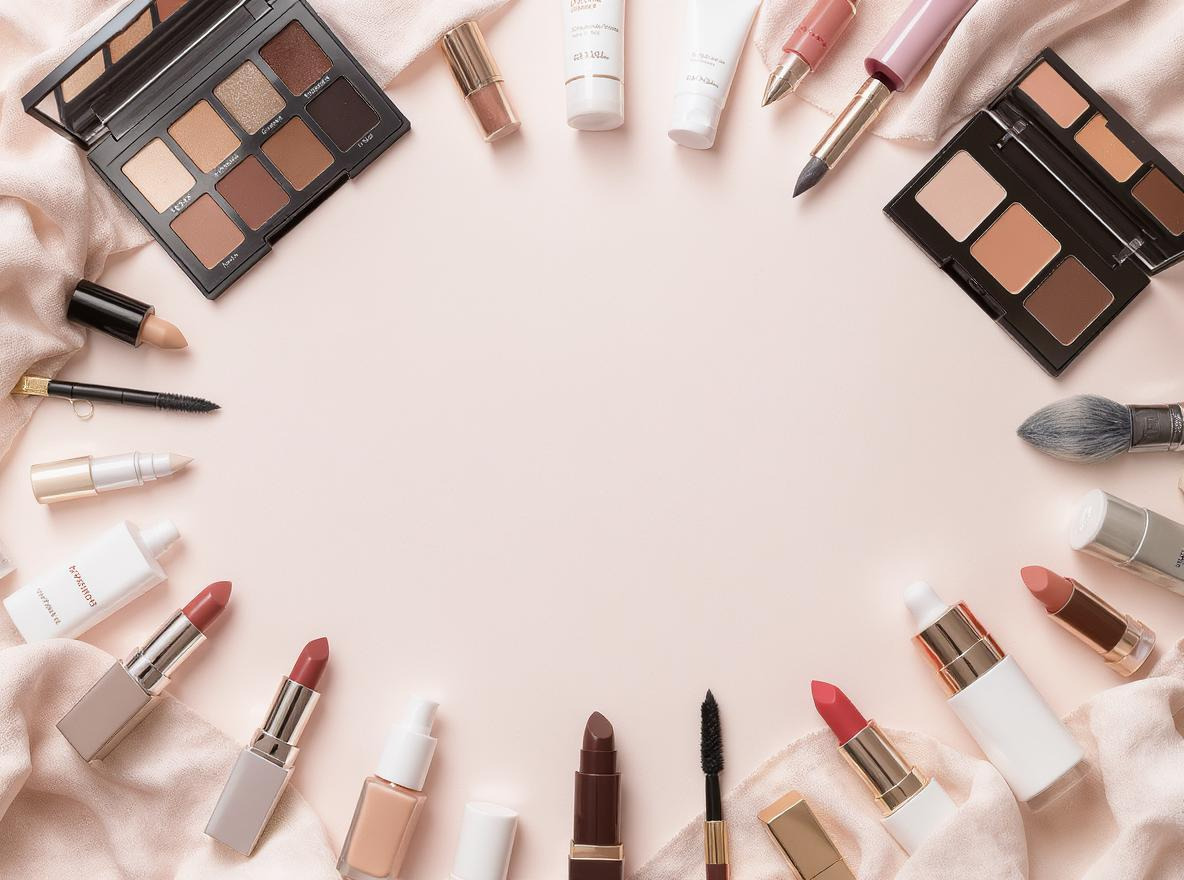
6. Wellness-Infused Beauty
Beauty routines and wellness practices are no longer separate; they've combined into one integrated experience. Brands are developing formulas that nourish the skin while promoting emotional well-being.
Adaptogens like ashwagandha and reishi are featured in serums that promise both visible radiance and stress reduction. Aromatherapy oils blend into moisturizers to boost your mood with each application. Several brands incorporate CBD into products that reduce inflammation and promote relaxation.
Wellness-infused products encourage mindfulness: evening masks come with breathing exercises, and morning body balms suggest stretches to improve circulation.
7. Inclusive Beauty and Diversity
True inclusive beauty goes beyond adding darker foundation shades or gender-neutral packaging. It's a philosophy that every skin tone, gender identity, age, and ability deserves thoughtful product design, authentic representation, and leadership opportunities.
Companies that genuinely embrace inclusion reach larger markets, build stronger loyalty, and create deeper emotional connections with customers who finally feel represented. Advanced color technology creates foundations that adapt to oxidation changes and climate variations.
Real diversity comes through collaboration, not appropriation. Brands partner with cultural consultants and community organizations to co-create products, ensuring ingredient stories honor their origins.
8. Video Commerce and Social Shopping
Beauty shoppers have traded endless scrolling for immediate, video-based discovery. With beauty e-commerce projected to reach $338.9 billion by 2029, brands that master interactive video will win both attention and sales.
Short, shoppable videos have become essential. The global social commerce market is growing rapidly, with video demonstrating texture, color changes, and wear in real-time while viewers add items to their cart without leaving the video.
AI-powered video commerce solution platforms like Firework embed vertical video shoppable experiences directly on your website, turning every page into a 24/7 video showroom. Its Creation Cloud edits, tags, and personalizes content instantly, while interactive overlays let shoppers buy products during tutorials.
9. Advanced Hair and Scalp Care
Great hair starts with a healthy scalp. That's why 2026's innovative brands treat the scalp like facial skin, with specialized ingredients, microbiome support, and data-driven analysis.
Consumers are increasingly choosing serums and exfoliating treatments that reduce irritation, enhance circulation, and lay the foundation for stronger hair. Formulators develop peptide-rich bond builders and protein treatments that repair damage at the cuticle while protecting against pollution and UV damage.
Personalization enhances these results. Services like Function of Beauty and Prose evaluate factors including scalp oiliness, hair porosity, and lifestyle to create custom shampoos and masks made in small batches.
By combining scientific research with customized formulations, advanced hair and scalp care has evolved from basic cleansing and conditioning into a precise wellness routine tailored to each individual.
The Future of Beauty is Here
Beauty in 2026 combines scientific innovation, sustainable practices, inclusive thinking, and video-centered retail. Brands that incorporate these elements into every formula, campaign, and supply chain outperform their competitors.
Book a demo today to transform your customer experience with Firework's AI-powered video commerce platform that turns passive browsing into engaging buying experiences. It's easy and hassle-free! Embrace these trends genuinely, and a competitive advantage will follow.
Unlock Exclusive Insights
By submitting this form, you agree to Firework's privacy policy and consent to receive personalized marketing communications. You can unsubscribe at any time.
